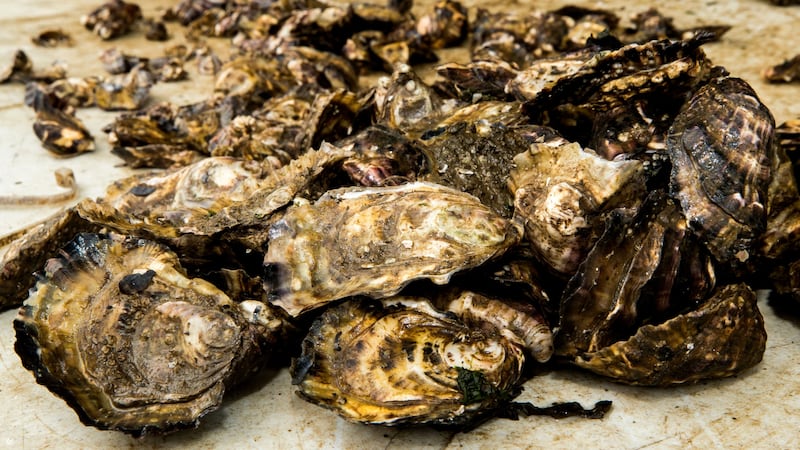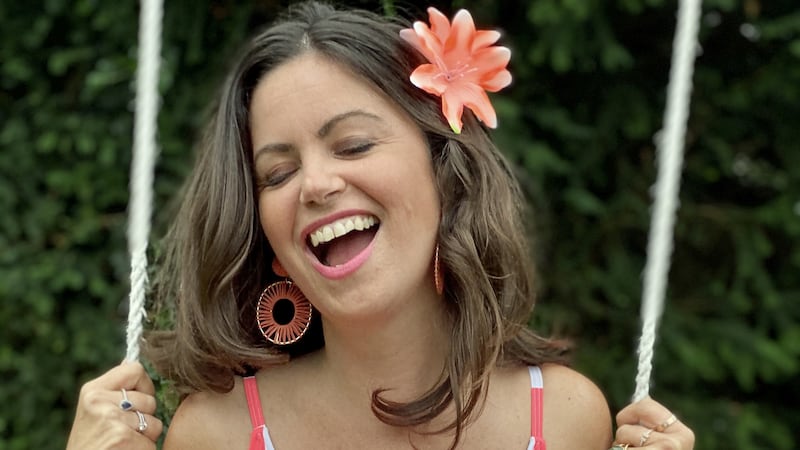Plastic build-up in seafood may be under-estimated, and these microplastics could carry potentially harmful bacteria up the food chain, new research suggests.
Scientists tested a theory that microplastics covered in a layer of microbes (called a biofilm) are more likely to be ingested by oysters than microplastics that are clean.
They said that, while this experiment was carried out under laboratory conditions, similar results could be found in other edible marine species that also filter seawater for food.
According to the researchers, so far studies to test the impacts of microplastics on marine life have typically used clean, virgin microplastics.
The plastic Trojan horse: Biofilms increase microplastic uptake @monicafabra3 et al @joyemwatts @JPrestonDiggles @UoPMarineBiol @UoPScience @UOP_SEGG @UoPTechnology @UoPPlastics https://t.co/NjOGs8OEcC
— Prof Alex Ford (@DrAlexFord) July 24, 2021
But they argue that this is not representative of what happens to microplastics in the marine environment where microbes readily colonise microplastics that enter the ocean.
In the study, University of Portsmouth researchers compared the uptake rates of clean microplastics versus microplastics with an E.coli biofilm coating.
They found that oysters contained 10 times more microplastics when exposed to the biofilm-coated beads.
It is hypothesised that these coated plastics appeared to be more like food to the oysters, explaining their preferential ingestion over clean microplastics.
Researchers said the implications for the food chain are concerning, as the ingestion of microplastics is not only bad for the oysters, but it affects human health too.
The plastic does not break down in the marine animal and is consumed when eaten by people.
Lead researcher Dr Joanne Preston, Reader in Marine Ecology and Evolution at the University of Portsmouth, said: “What we’ve discovered is that microplastic really is the Trojan horse of the marine world.
“We discovered that clean plastics had little impact on the oysters’ respiration and feeding rates – but did have an impact when you fed them the microplastic hidden in the biofilm.
“The oysters took in more and it affected their health.
“It is unsure exactly how much this could affect the food chain, but the likelihood is because the creatures are ingesting more plastic and, potentially, disease-causing organisms, this will ultimately have a negative effect on human health.
“We know microplastics can be the mechanism by which bacteria are concentrated in coastal waters and this shows that they are more readily taken up by shellfish, and can be transferred to humans or other marine life.”
The researchers said more study is needed on the long-term impacts of biofilm-coated microplastics on a wider range of marine life, and the transfer of microbes up the food chain.
– The study is published in the journal Science of the Total Environment.








